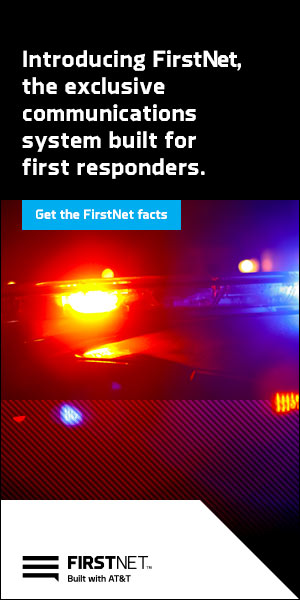by AllThingsECC.com | Dec 15, 2025 | Comm Center News
PRESS RELEASE
DALLAS — As first responders work tirelessly to respond to the devastating flooding in western Washington, here’s how FirstNet, Built with AT&T and the AT&T Network Disaster Recovery (NDR) team are helping.
by AllThingsECC.com | Dec 15, 2025 | Comm Center News
The Chippewa County Board of Supervisors on Oct. 8 approved two measures aimed at stabilizing staffing in the Emergency Communications Center: a one‑time appreciation bonus for ECC employees and a conversion of a vacant full‑time telecommunicator position into two part‑time posts to increase scheduling flexibility.
READ FULL ARTICLE
by AllThingsECC.com | Dec 14, 2025 | Comm Center News
A.J. Gary, director of the Division of Emergency Management and chair of the newly reconfigured Arkansas 9‑1‑1 board, told the joint committees the board has met three times since appointments and is advancing preparations for NextGen 9‑1‑1 and PSAP consolidation.
READ FULL ARTICLE
by AllThingsECC.com | Dec 13, 2025 | Comm Center News
Motorola Solutions has achieved interoperability between its Emergency Services IP network (ESInet) and the ESInet of AT&T within the state of Maryland, allowing the transfer of next-generation 911 (NG911) calls to be transferred between the vendors with all associated data being maintained, according to a Motorola Solutions official.
READ FULL ARTICLE
by AllThingsECC.com | Dec 8, 2025 | Comm Center News
WENATCHEE — RiverCom 911 is moving forward with a cost-saving plan to build a modern, resilient regional emergency communications center—without the price tag of new construction.
The agency has purchased an existing building at 2525 Euclid Way in Wenatchee’s Old Station area, which will be renovated to meet strict 911 and dispatch facility standards. The renovation is projected to cost about $8.5 million, a savings of more than $16 million compared to the estimated $24.5 million needed to construct a new center specifically designed for 911 operations.
by AllThingsECC.com | Dec 8, 2025 | Comm Center News
BRIGHAM CITY, Utah (KUTV) — Emergency responders in Box Elder County will soon switch to a new dispatch center, after what the police chiefs of both Brigham City and Tremonton-Garland call repeated problems that have put first responders at risk for years.


